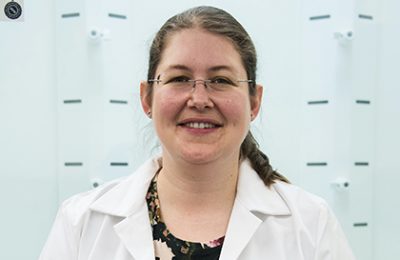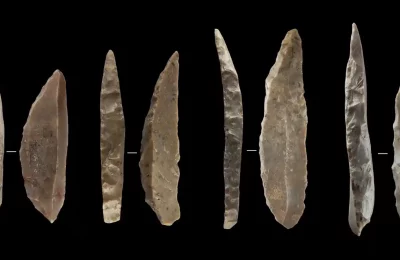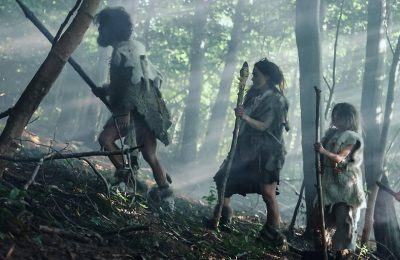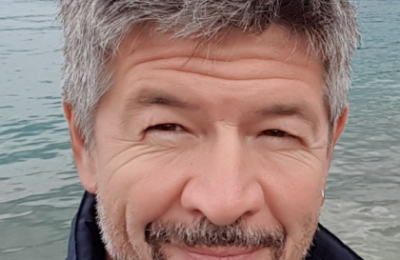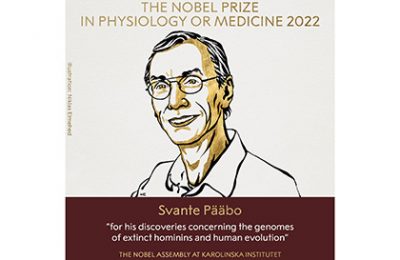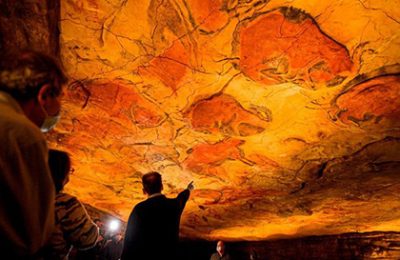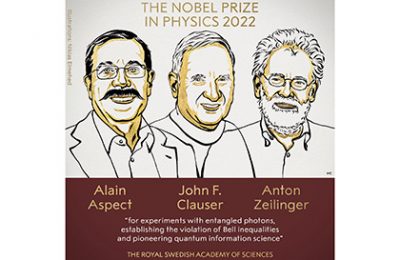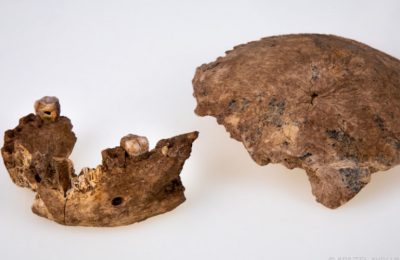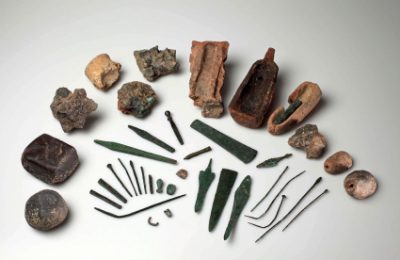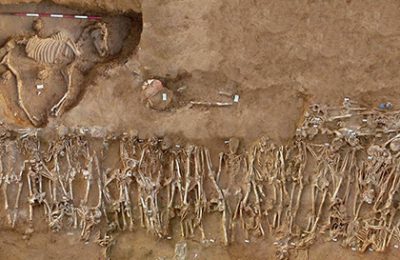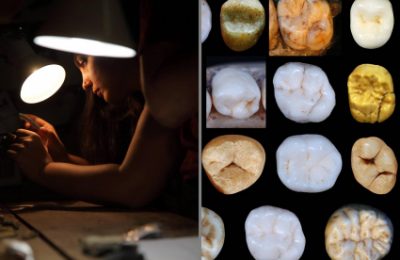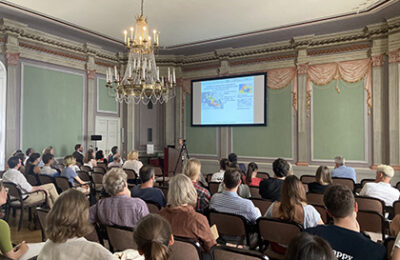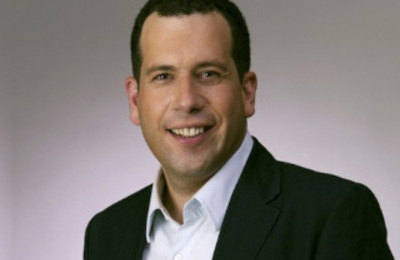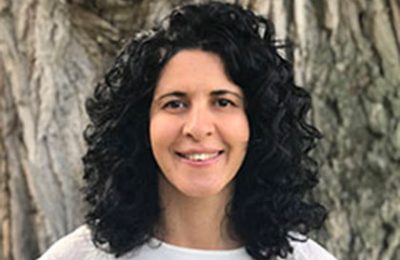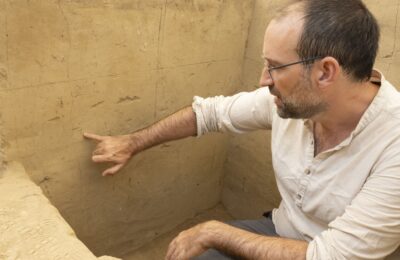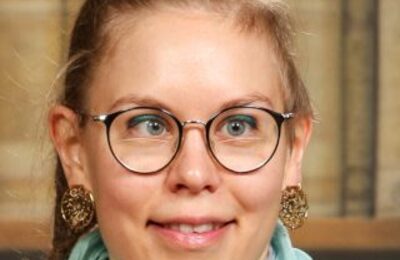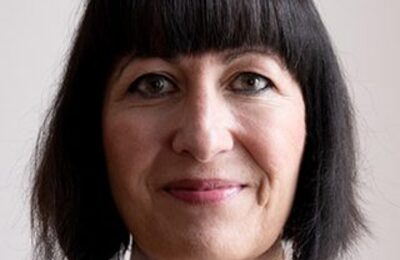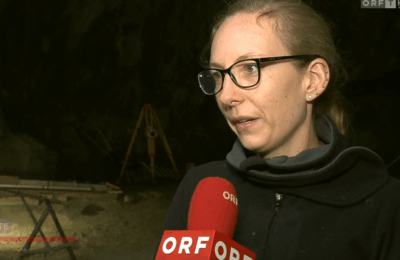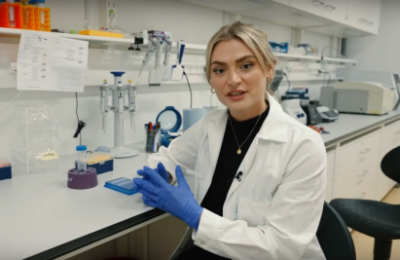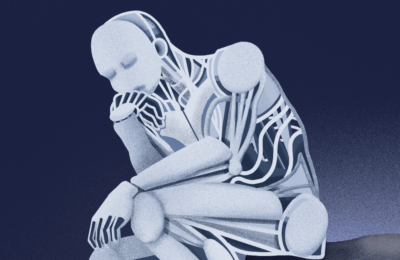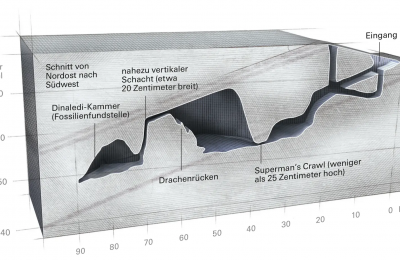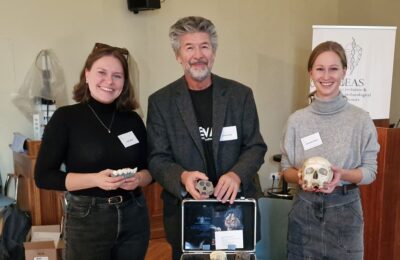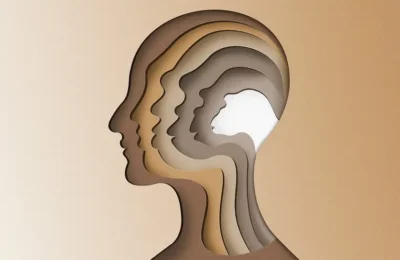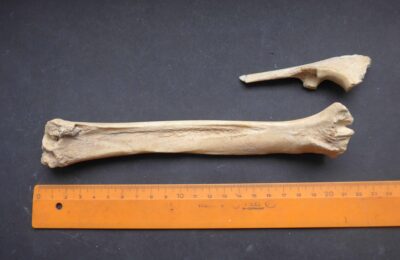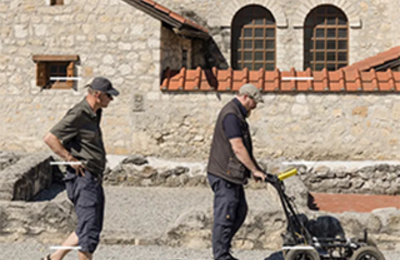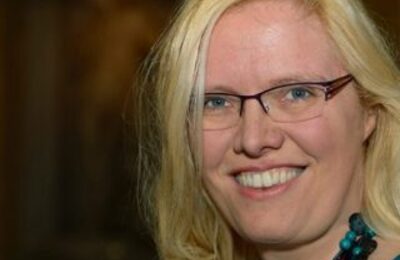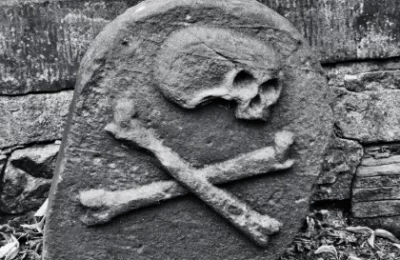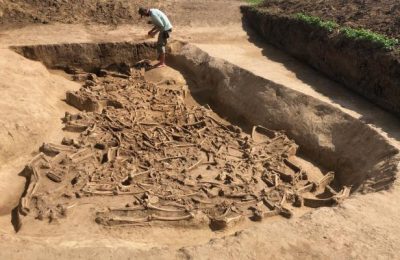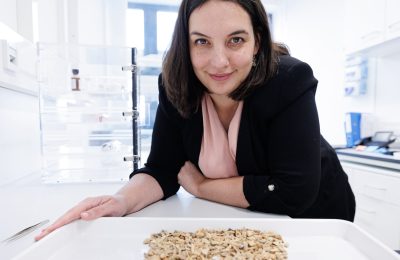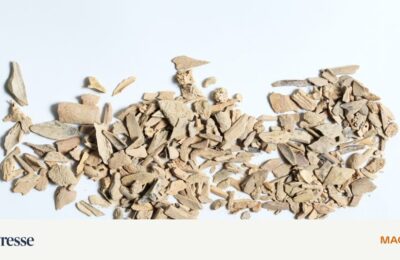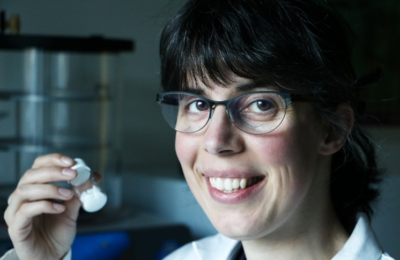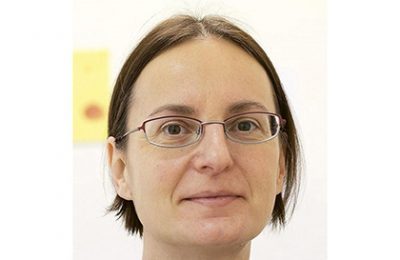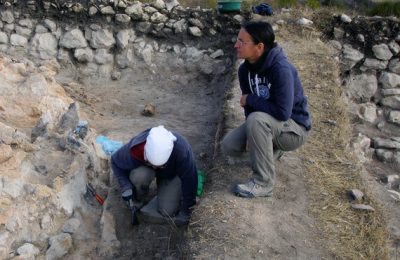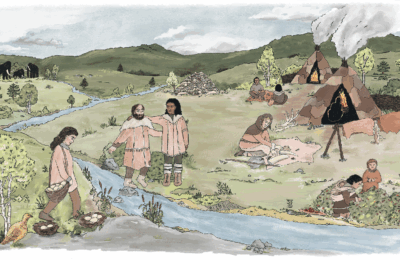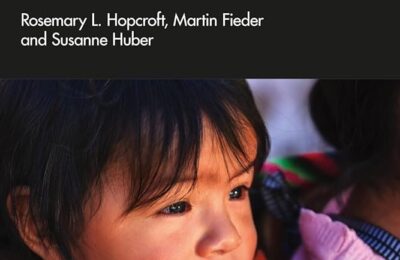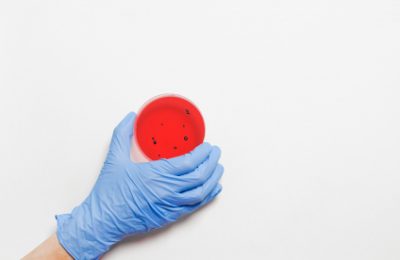HEAS Member Martin Fieder has published a new US textbook on social status, number of children in modern societies, confirming evolutionary assumptions on social status and reproduction. This is the first book to fully examine, from an evolutionary perspective, the relationship between social status and fertility in human societies before, during, and after the demographic transition. In most non-human social species, social status or relative rank in a social group is positively associated with the number of offspring, with high-status individuals typically having more offspring than low-status individuals. Humans, however, appear to be different. As societies have become richer, fertility has fallen to unprecedented lows, with some developed societies now at or below replacement fertility. Within rich societies, women in higher-income families often have fewer children than women in lower-income families. Evolutionary theory suggests that the relationship between social status and fertility is likely to be somewhat different for men and women, so it is important to examine this relationship for men and women separately. When this is done, the positive association between individual SES and fertility is often clear in less developed, pre-transition societies, especially for men. Once the demographic transition begins, it is elite families, and especially the women of elite families, who lead the way in fertility decline. Post-transition, the evidence from a wide range of developed…
